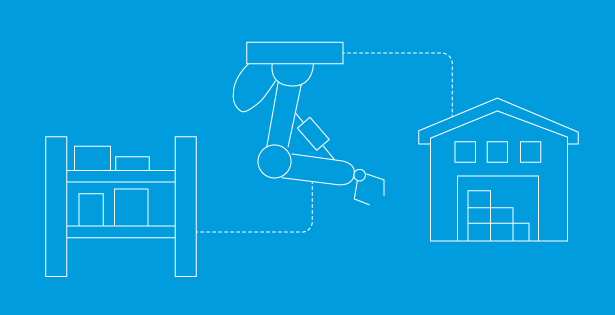There is no denying that COVID-19 had an intense impact on nonprofits and the communities they serve. The Nonprofit Leadership Center found that nonprofit leaders named fundraising as their top challenge six months into the pandemic, and most cited recalibration of their organization’s business strategy as a primary challenge going forward. Among fundraising methods available, partnerships shine with a lucrative potential.
How are partnerships beneficial for nonprofit organizations?
Collaboration between nonprofits is not a new idea. In fact, BDO’s annual benchmarking survey, Nonprofit Standards, reported that 40 percent of nonprofits in 2019 were considering the possibility of entering strategic partnerships with another not-for-profit organization. These organizations often come together to leverage resources and strengths to pursue a shared vision, learning from each other how to operate more efficient, diverse programs with ever-limited finances. With about 12.5% of funding coming directly from partnership activities, nonprofits have the potential to supplement the short-term infusion grants and other funding measures provide.
Mutually beneficial partnerships are not exclusive to nonprofits. For-profit companies are eager to connect with nonprofits to further their corporate social responsibility missions. Coordinating initiatives leads to positive media coverage, an increase in customer and brand loyalty, and an increase in employee engagement and morale. In return, nonprofits receive support and funding for larger projects.
How should nonprofits identify good partnership opportunities?
Successful collaborations are the ultimate goal; however, they require due diligence. Luckily, there are steps nonprofits can take to determine if a fellow NFP – or even a for-profit company – will prove a worthwhile partner.
First, ensure that the partner is a good fit. By aligning resources and missions, you effectively associate yourself with the partner’s reputation; ensure it is a good one. In addition, always seek legal advice. Draw up a written agreement that outlines each partner’s responsibilities, both financial and otherwise. Finally, evaluate progress this potential partner has made with both solo initiatives and other partnerships. If already collaborating with a partner, be sure to assess the enterprise continuously to identify strengths and weaknesses moving forward.
As nonprofits evaluate whether to engage in partnership opportunities, it is imperative the decision not be made alone. Board members, committee members, and senior volunteers should be involved in the partnership process to ensure a holistically successful venture.
As nonprofits adjust to their “new normal”, leveraging partnerships with other organizations and for-profit companies could prove crucial to sustaining current and future initiatives. Through successful collaboration, nonprofits have the unique opportunity to rebuild their communities in efficient and impactful ways.

 RSMUS.com
RSMUS.com


